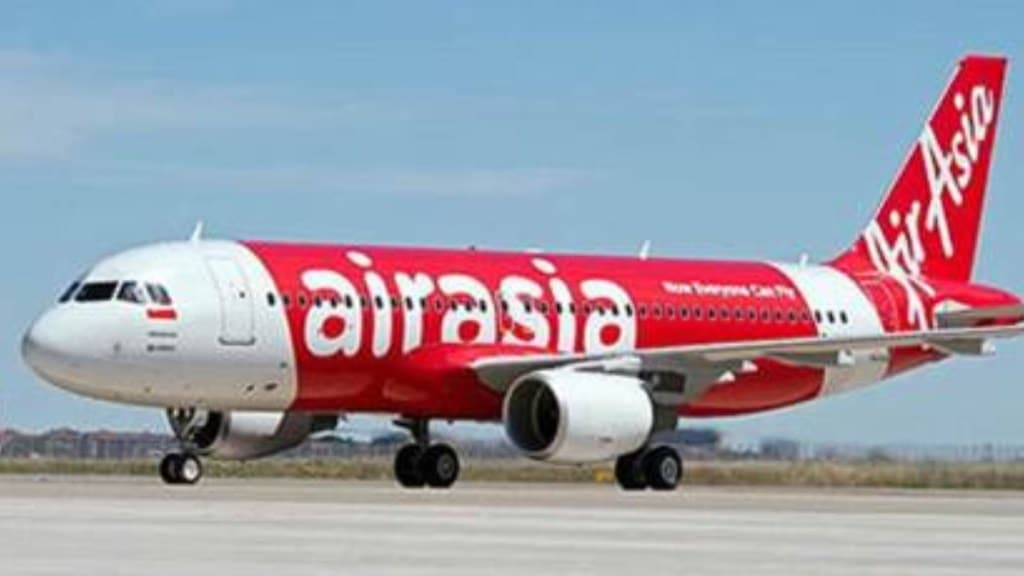Minutes after an AirAsia flight took off from the Cochin International Airport on Sunday, it was forced to return to the airport with its 168 passengers and six crew members, a recent report by PTI said citing sources. The flight was on its way to Bengaluru. A full emergency was declared at the airport as the flight returned due to a suspected hydraulic failure. The flight made a safe landing but this is not the first instance of a hydraulic failure in a flight. To understand what leads to its failure, we will first delve into how this hydraulic system works.
Why do aircraft have hydraulics systems?
The hydraulics are crucial for controlling the movement of the plane. It helps with the extension and retraction of the landing gear; the movement of the spoilers, which are placed on top of the wings and help in slowing down the aircraft; and activating the wheel brakes, thrust reversers, and horizontal stabiliser, among other things.
How do aircraft hydraulics work?
The movement of the ailerons, elevators and rudder, which are crucial for the movement of a plane, are controlled by the pilot through a sidestick or yoke and rudder pedals in the flight deck and by moving a lever or switch for other control surfaces and landing gear. However, a pilot’s physical inputs’ force cannot move the big and heavy movable surfaces and components alone.
A hydraulic system uses pressurised fluid to multiply the pilot’s force by several times and then transfers the “magnified force’ to actuators, which move the control surfaces, as per an Indian Express report. When on autopilot, the hydraulic fluids drive the actuators which move the control surfaces.
All big passenger jets have hydraulically-operated control surfaces and components, however, the same cannot be said for all small aircraft.
What happens when the hydraulics fail?
A leak, overheating, old or faulty component breakdown, or physical damage to the hydraulics lines are among the various reasons that can cause a loss of pressure of the fluid. These can lead to the system failing during a flight.
However, modern planes have multiple hydraulic systems allowing the plane to rely on a backup in case one fails. It is also unlikely that all the systems will fail at the same time, The Indian Express said. Some aircraft can be operated manually and in an event of hydraulic failure, the landing gear can be extended manually using an alternative system which causes a drop down due to the force of gravity.
